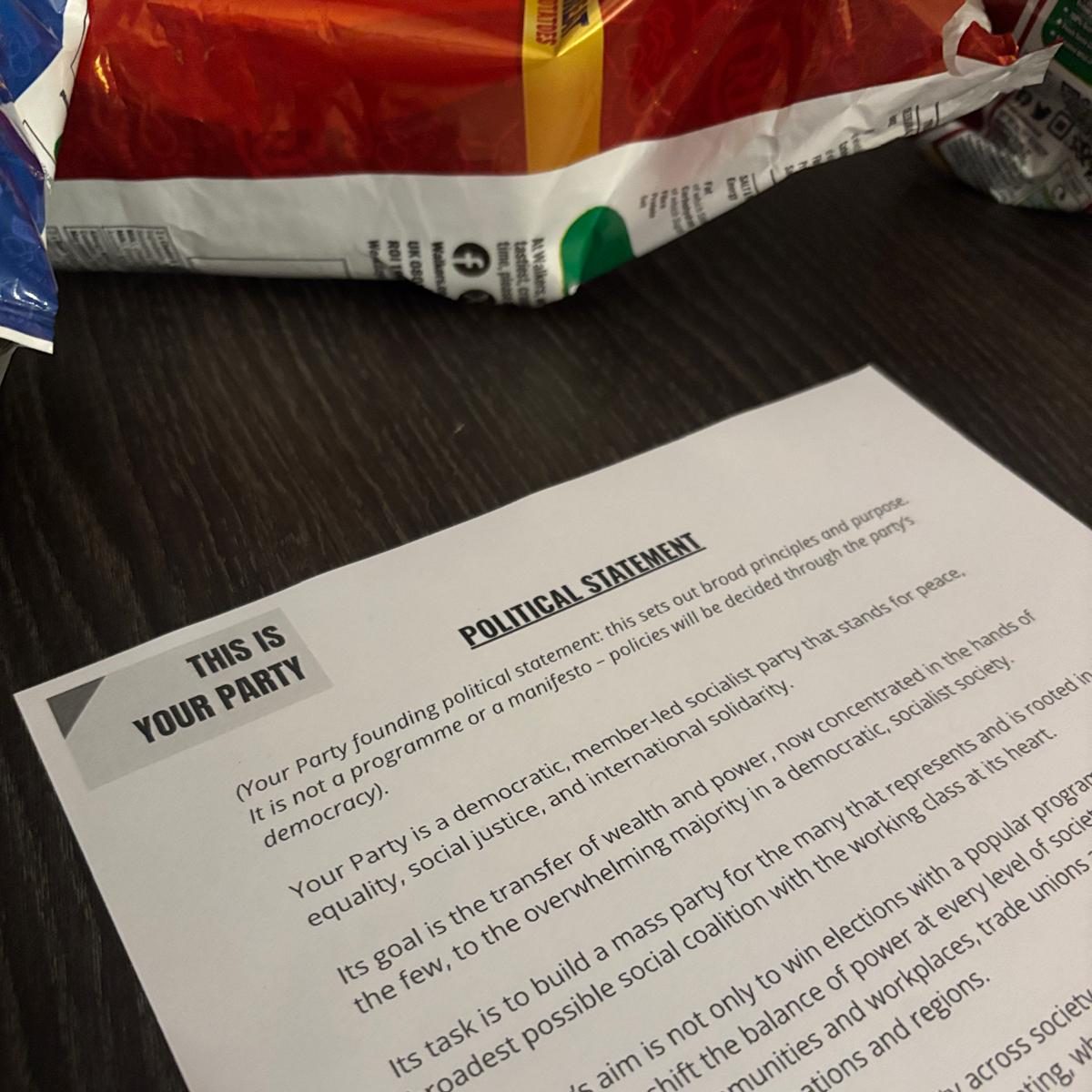by Sophie Jordan
The medium of charcoal often conjures up images of smudged fingerprints on cold white paper and vague memories of the brittle material from school art lessons. Yet William Kentridge’s exhibition at the Royal Academy makes the material the main attraction – and never has charcoal been so theatrical. This exhibition covers the epic forty-year trajectory of Kentridge’s career. It launches the viewer into an almost overwhelming tour of images that follow the making of modern South Africa. Born in in 1955, the artist’s life story is deeply affected by apartheid-era South Africa, where his father was a defence lawyer to both Mandela and Biko. This theme is continuously drawn upon.
The exhibition begins in the 1980s, where dizzying, large-scale charcoal images depict Johannesburg. Principal among these are the triptychs: The Conservationist’s Ball and The Embarkation. These images show the value of charcoal; it is a medium that can be moved and moulded. Kentridge’s playfulness with the charcoal means these images are often reduced to shadow. The motifs present in these images provide profound insight into Kentridge’s psyche, which is deeply focused on the legacy of colonialism and apartheid. To add to this, the allusions to Weimar Germany are unavoidable, as The Conservationist’s Ball pays a clear homage to the artist Otto Dix. The movement witnessed in these triptychs make the following rooms almost predictable. The blurred charcoal informs the development of Kentridge into an artist that experiments with film and performance.
As we move into the films, characters and figures begin to emerge as consistent features. One such example is Soho Eckstein, a fictional white industrialist who repeatedly returns over a 40-year period. A central room to the Royal Academy show puts up five screens, depicting various scenes, such as the seafront. Ultimately, the room is a testament to the scale of Kentridge as an artist. As you move from film to film you find yourself slightly lost in the moving drawings, as you become consumed in the rapidly moving images that draw upon a whirling narrative of South Africa. The films themselves are stop motion animated, which Kentridge produces by recording and merging charcoal drawings. According to Kentridge, whilst he never intended to make illustrations of apartheid, the films that he produced “feed off the brutalised society left in its wake.”
Arguably the centre-piece of the exhibition is the 2005 piece, Black Box/Chamber Noir. This piece occupies an entire room, utilising robotics and a theatre set up to depict the brutal 1908 genocide in German South-West Africa (now Namibia). Images are projected alongside robotic puppets as the stage explores the violent genocide of the Herero and Nama people. The presentation is unnerving, as the theatrical set up exists uneasily against the devastating subject matter.
Another major aspect of the exhibition are the tapestries. Carte Hypsométrique de l’Empire Russe, a 2022 piece, was custom made for the Royal Academy walls. It is a poignant reminder of contemporary issues around migration and the dangerous journey migrants take, as it captures a 2016 scene on the banks of Rome. This is the part of the exhibition where Kentridge’s signature style is lost. Whilst the scale is undeniably impactful, it departs too strongly from what makes Kentridge fundamentally an interesting artist – the movement of the material.
Upon leaving the exhibition, there is a palpable sense that Kentridge aims to overwhelm and produce a body of work that is difficult to consume in one sitting. Indeed, perhaps that is what defines Kentridge. He is an international artist able to incorporate a vast myriad of mediums and themes all at once. In equal parts thrilling and challenging, this immersive show goes well beyond the typical retrospective. I highly recommend it.



